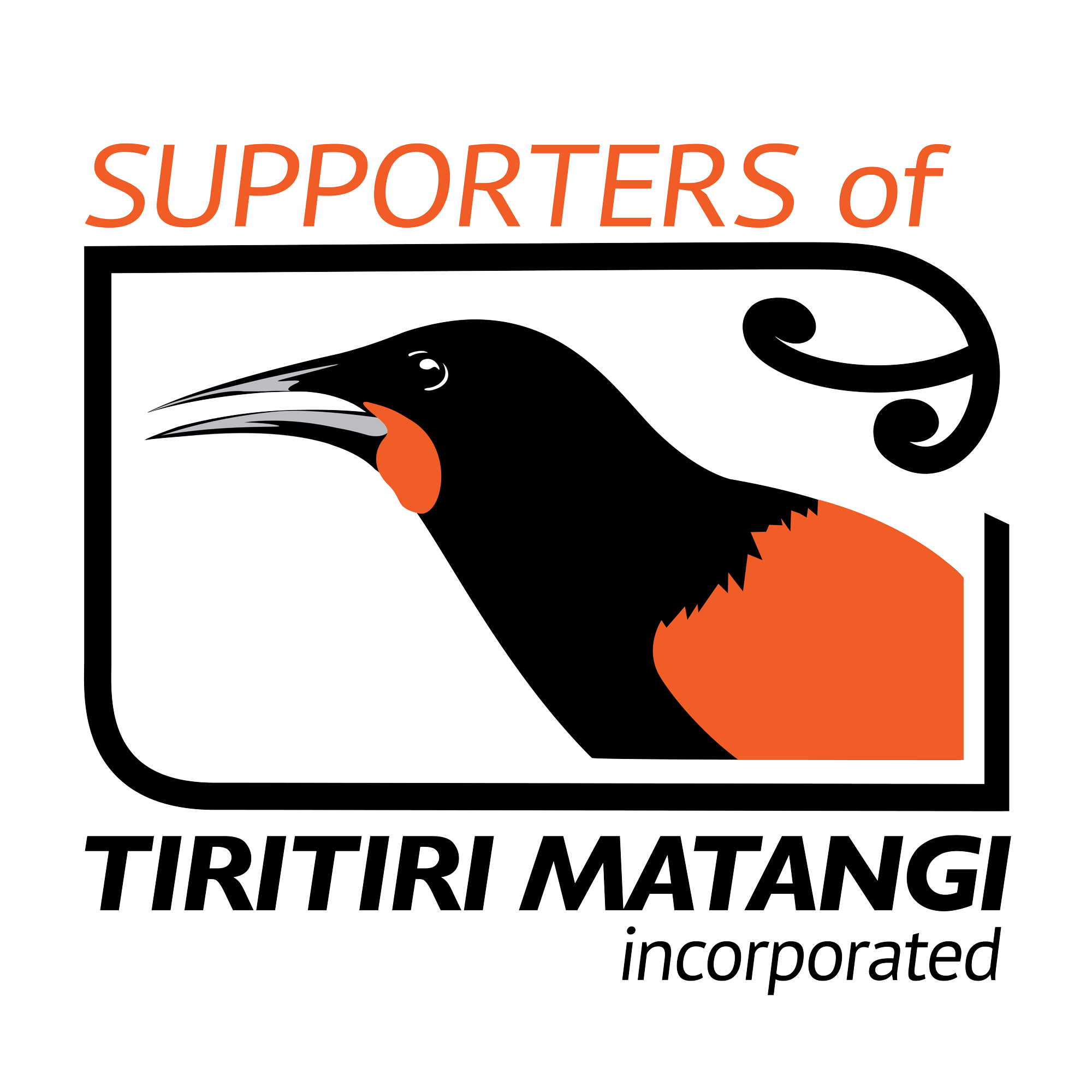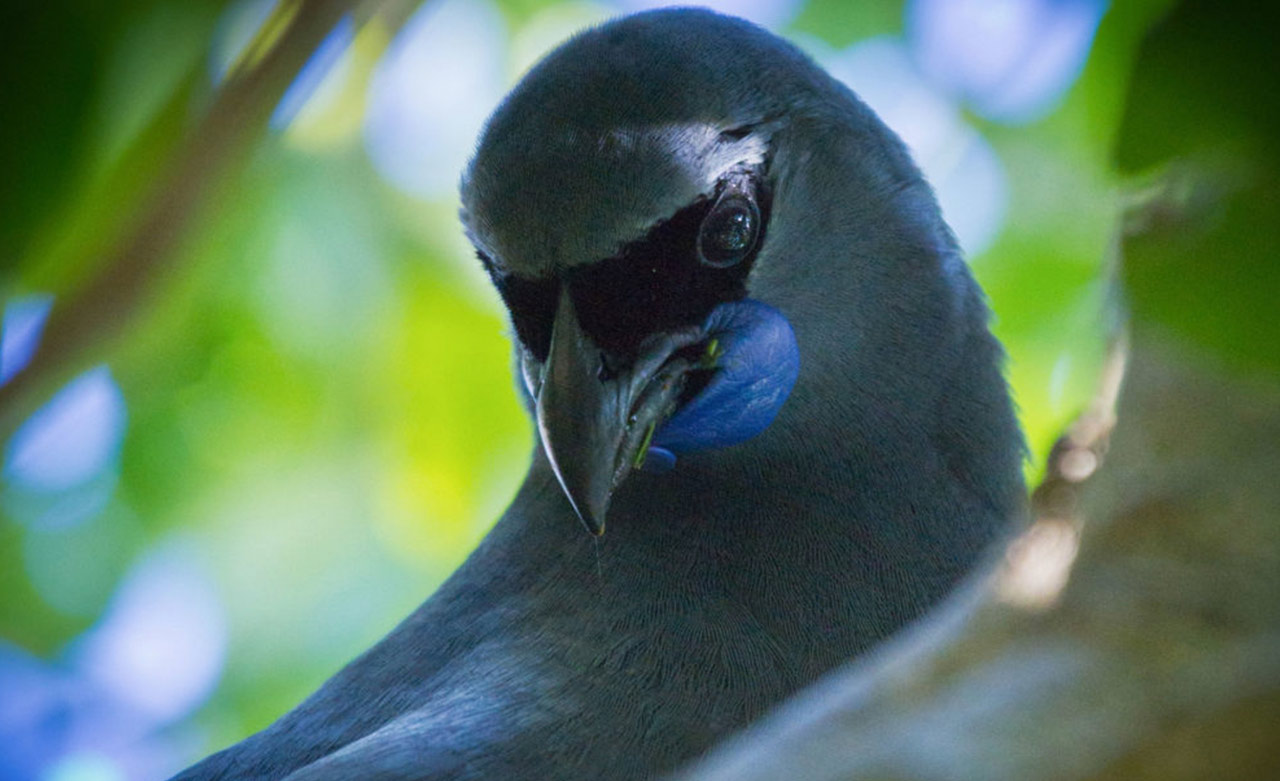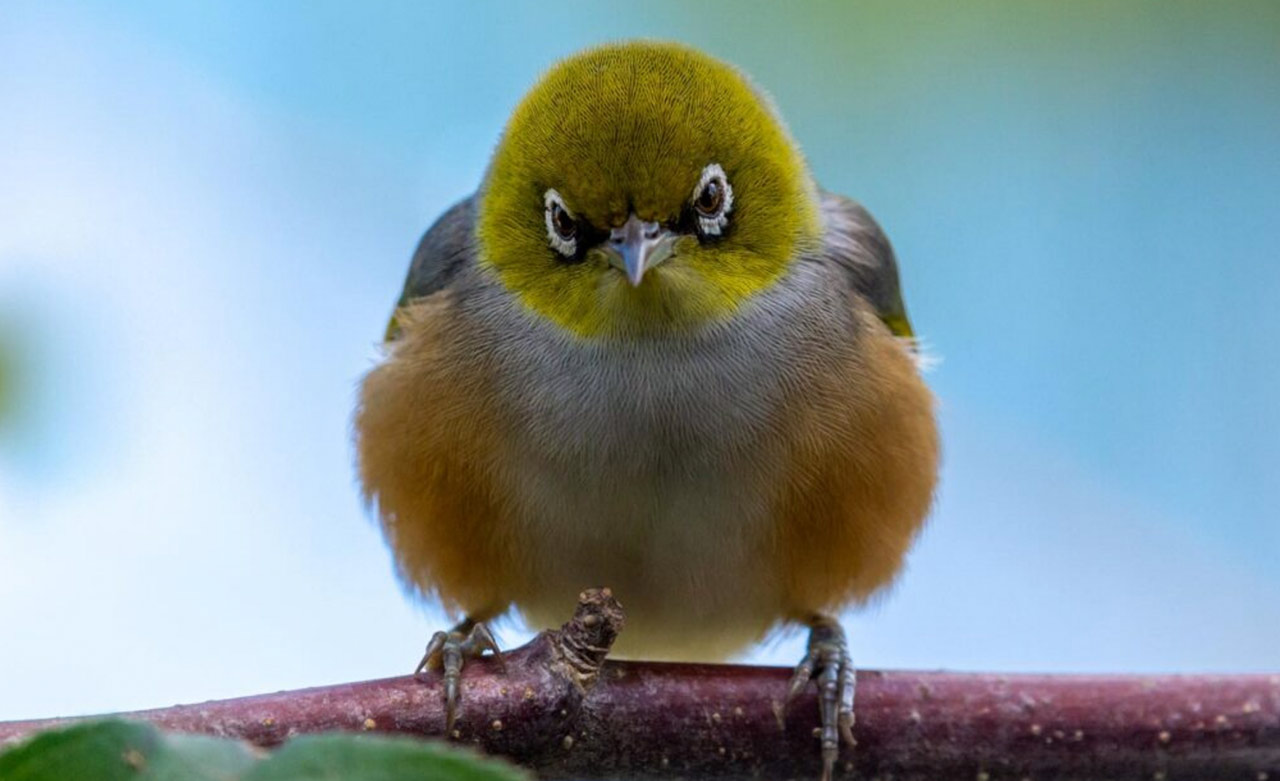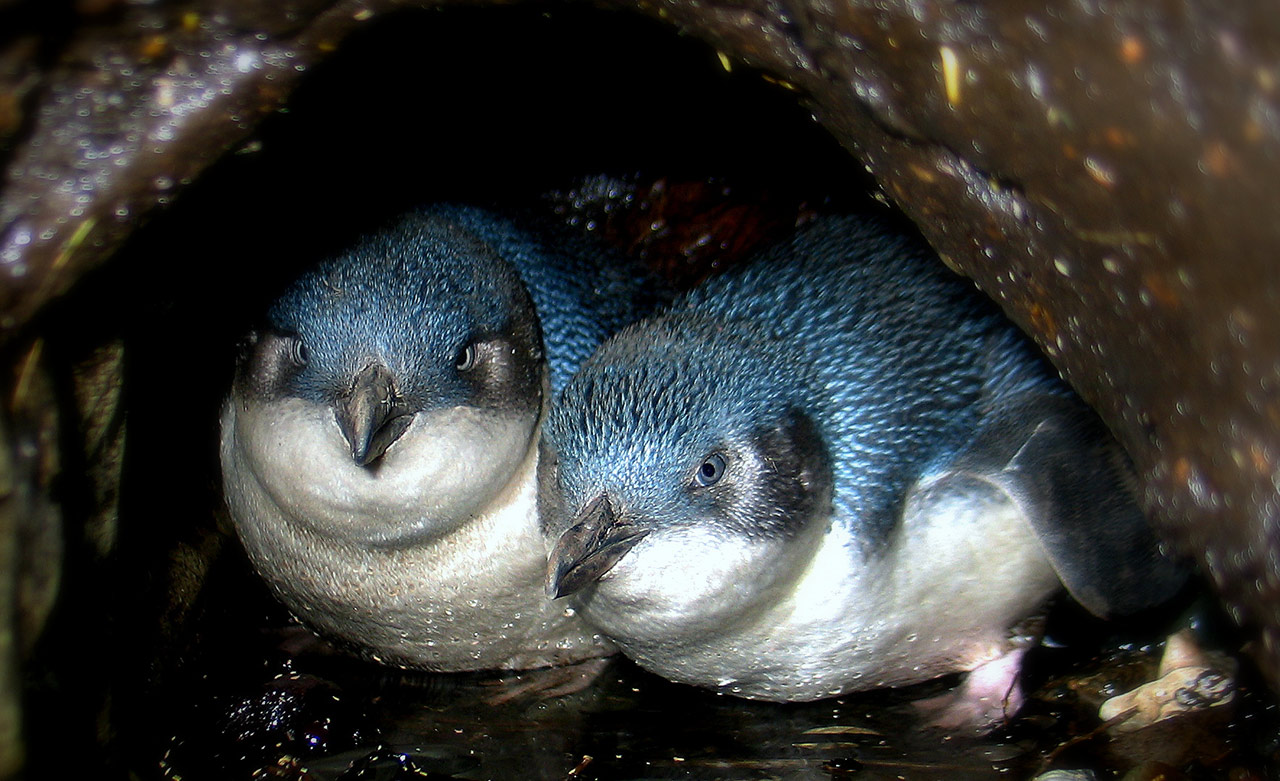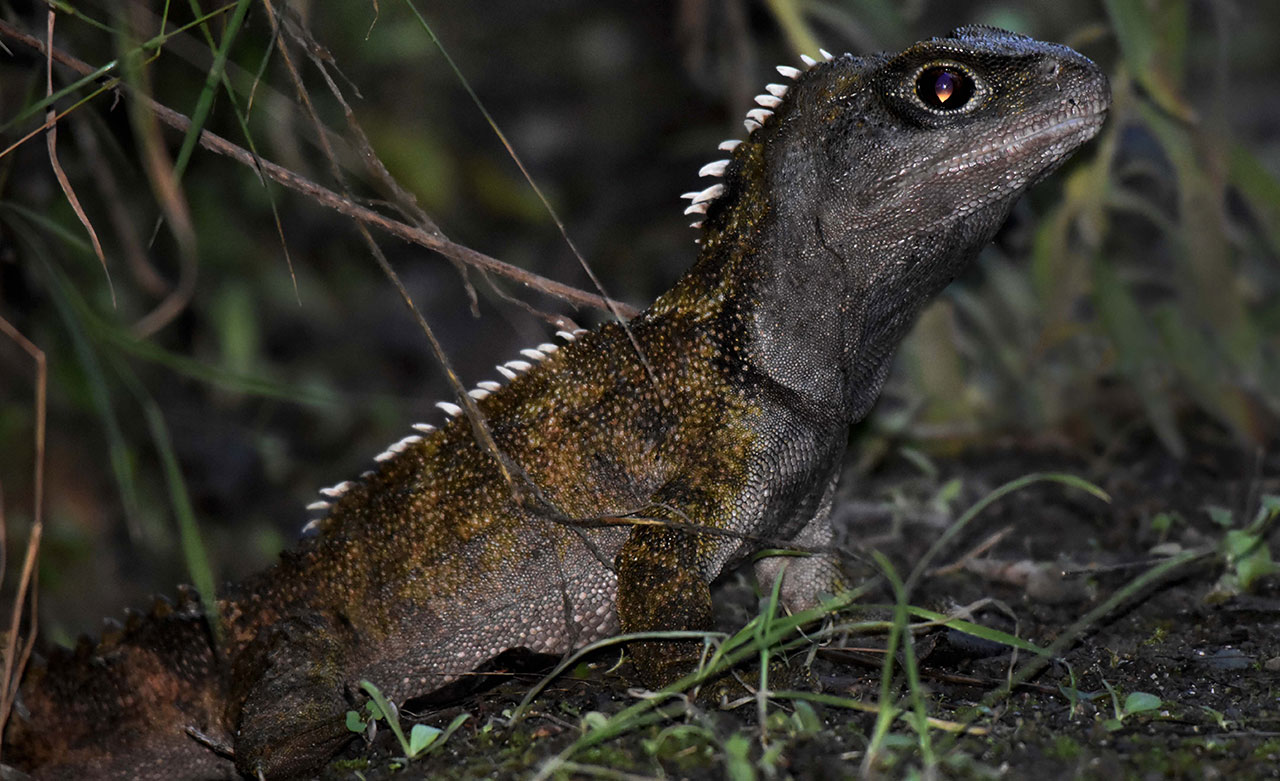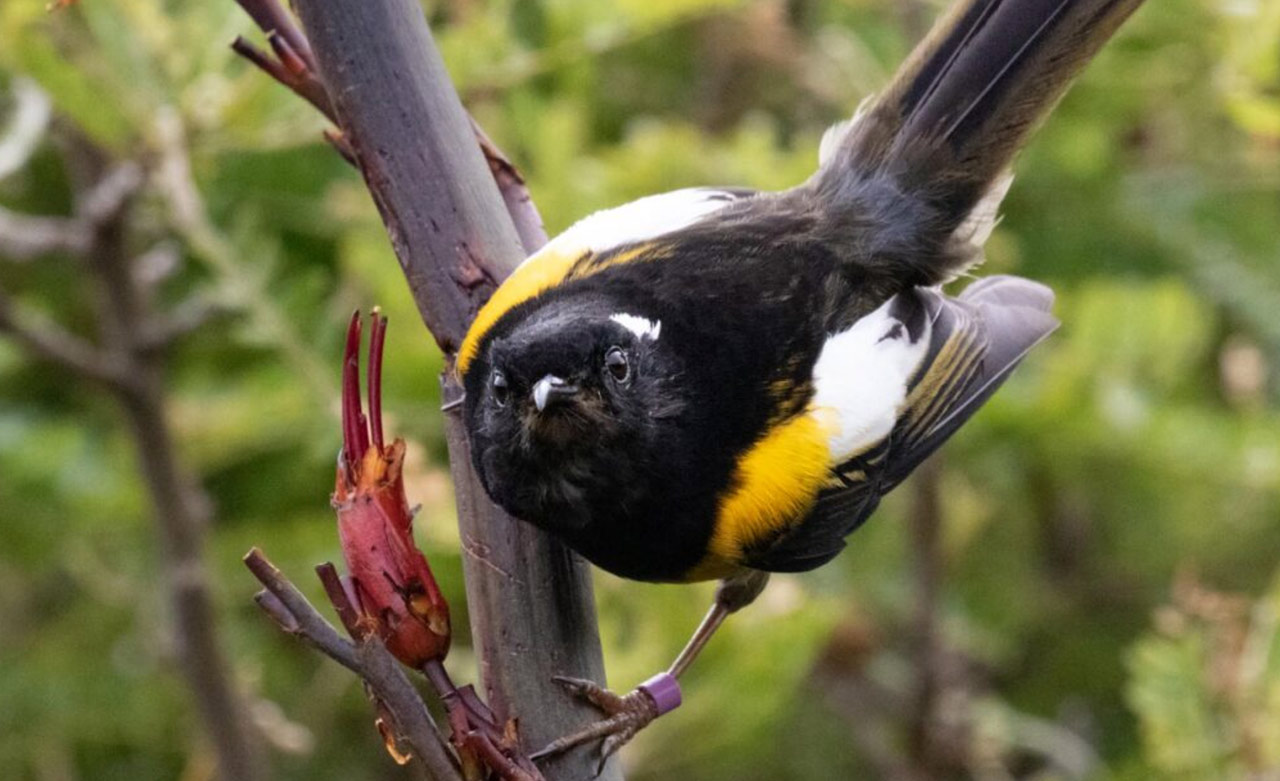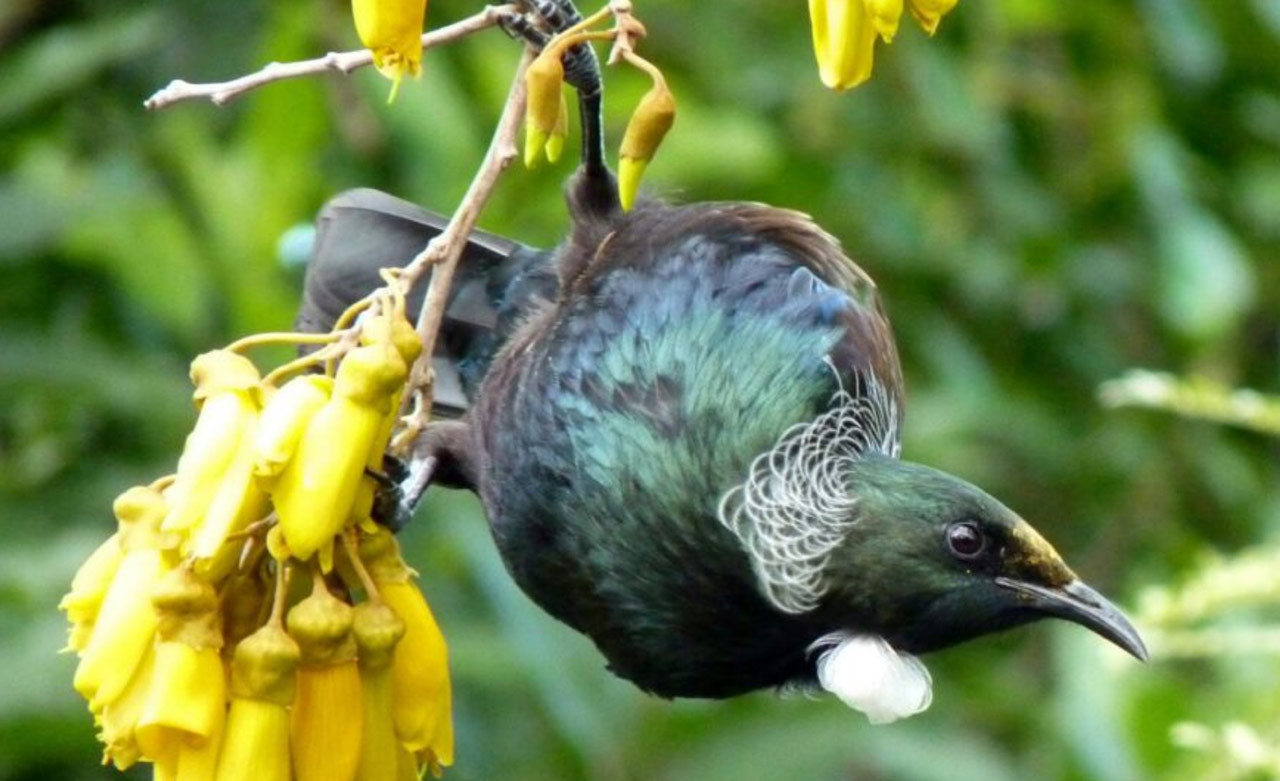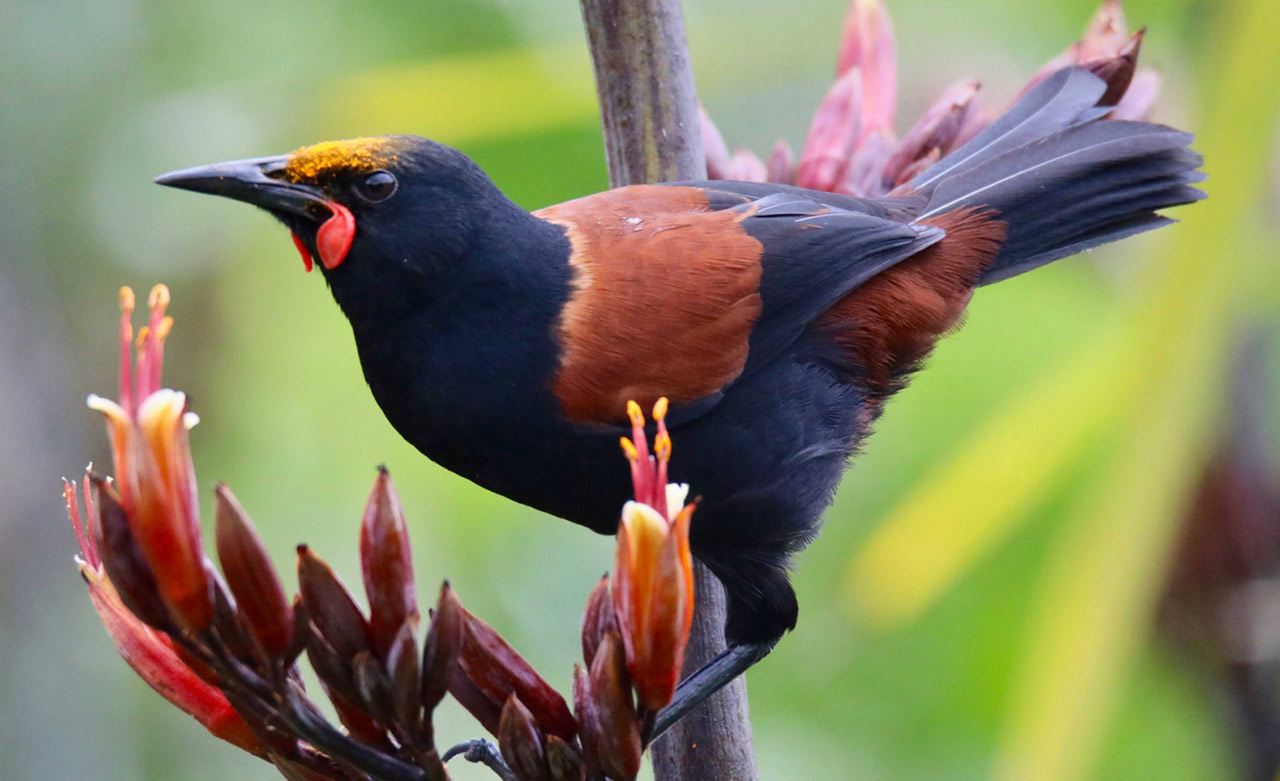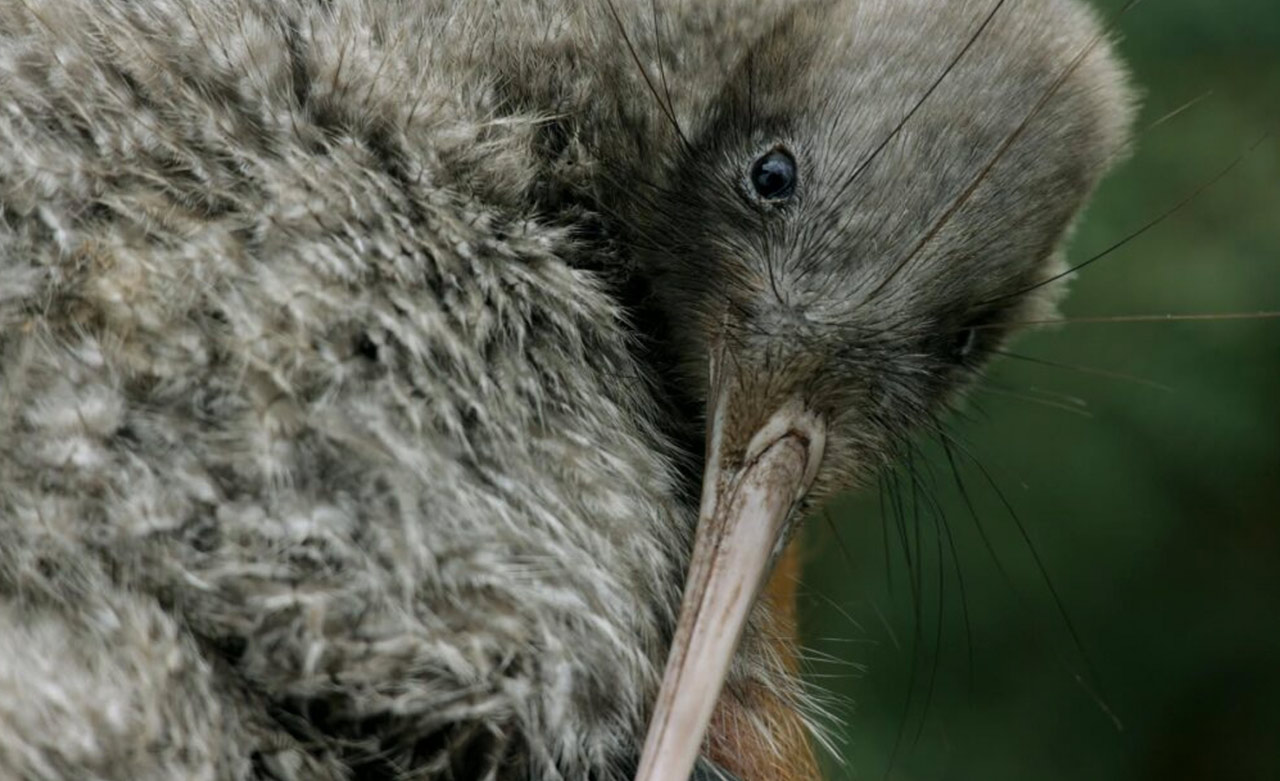Walks & Activities
Although the wildlife is the main attraction for visitors, those interested in water-based activities or the island’s history will also find plenty to engage them.
Wildlife watching
If you are a day visitor, you can explore the forest, beaches, ponds and streams which are home to a range of wildlife.

Count the freshwater fish in the streams that weave throughout the Kawerau Track.
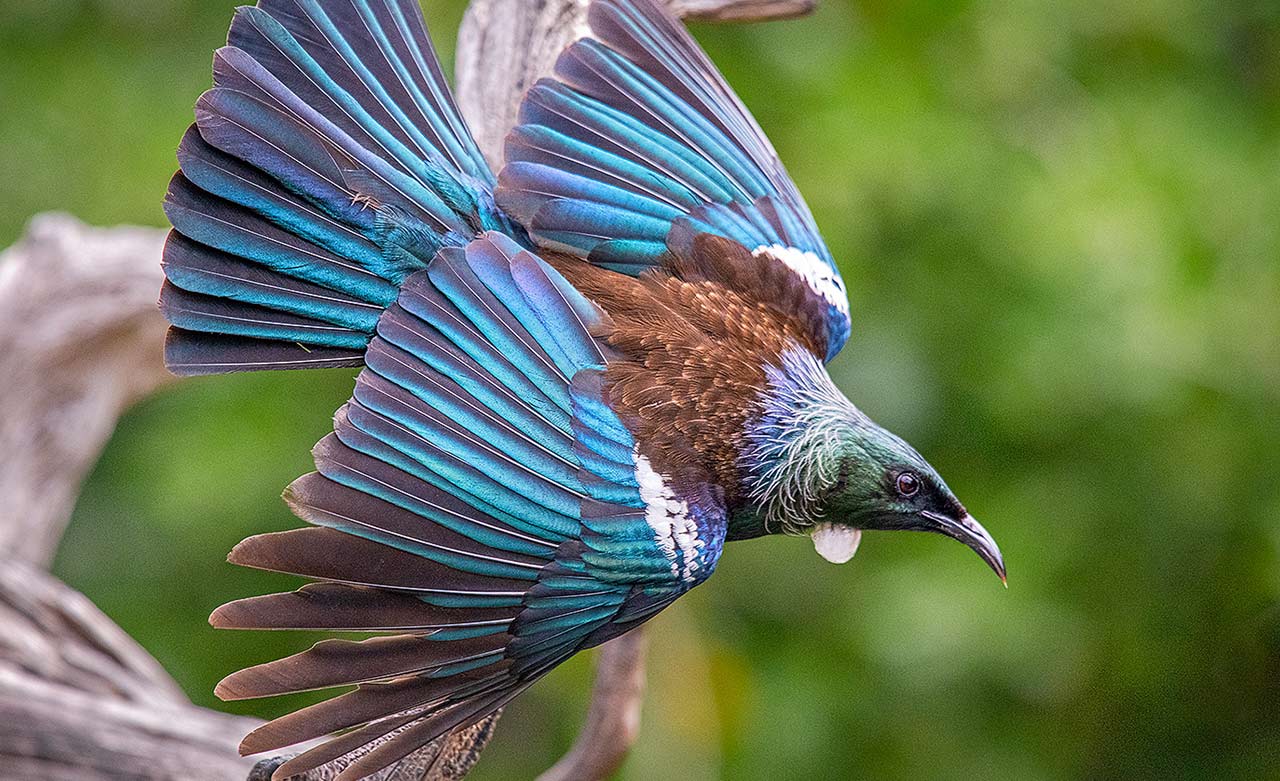
Sit by a sugar-water feeder and observe the korimako/bellbird, tūī and hihi as they feed.
Enjoy watching the busy bird bath on the Wattle Track. These baths are so popular that queues of birds wait in the trees, bring your camera!
Our ancient wētāpunga can often be found on the trees that dot the Wattle Track, so keep a beady eye out for these giant insects.
Historical activities
- Learn about the ancient refuse stations or middens, kūmara pits and other areas of cultural and historic interest.
- See the oldest working lighthouse in New Zealand. The Tiritiri lighthouse was shipped from England in 1864, and equipped later with a blindingly bright light of one-million candlepower. Its beams stretched over 80 kms!
- At the lighthouse precinct you will also find a watchtower, lighthouse keepers cottages (which are now used as accommodation) and a diaphonic foghorn.
- If you have a keen interest maritime history, ask at the Visitor Centre to be shown our small museum with its display of various kinds of lights and maritime artefacts.
Walks
There are a variety of walks on the island to suit different levels of fitness. The tracks on the eastern side of the island are steeper in parts and more exposed, though they offer spectacular views of the Hauraki Gulf . On the western side the bush is denser and has a lower canopy, so you are more likely to have up-close wildlife encounters.
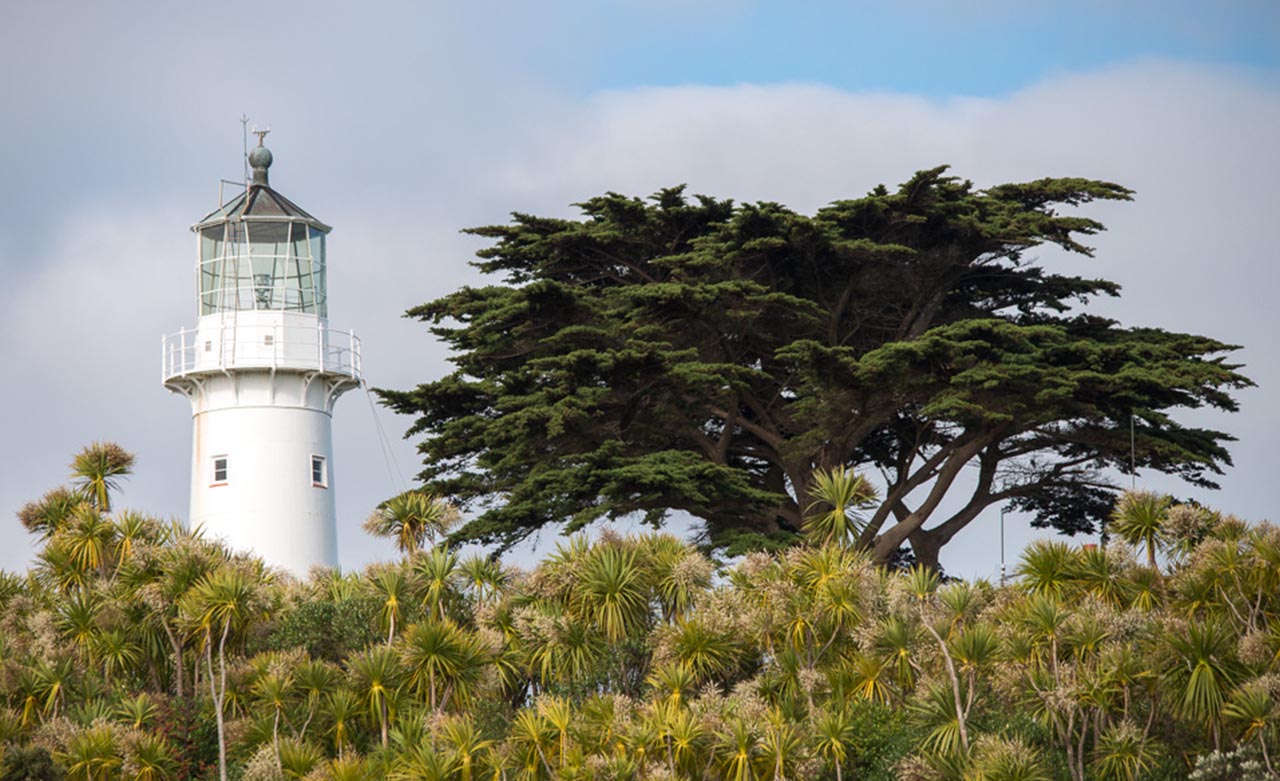
Wattle Track
(Tiritiri Wharf to Lighthouse, 40 minutes)
This track provides one of the best opportunities to see Tiritiri Matangi’s birdlife in its natural environment, as you meander through planted and remnant bush along a gravelled and board-walked track. Tūī, tīeke/saddleback and korimako/bellbird are common, but sharp eyes might also spot pōpokatea/whitehead, hihi/stitchbird, toutouwai/North Island robin and, if you are lucky, kōkako. Wētāpunga/giant weta are now thriving in this area, so keep an eye out for our largest insect. This track includes several sets of steps, so baby buggies can be awkward unless you are happy to do a little lifting.
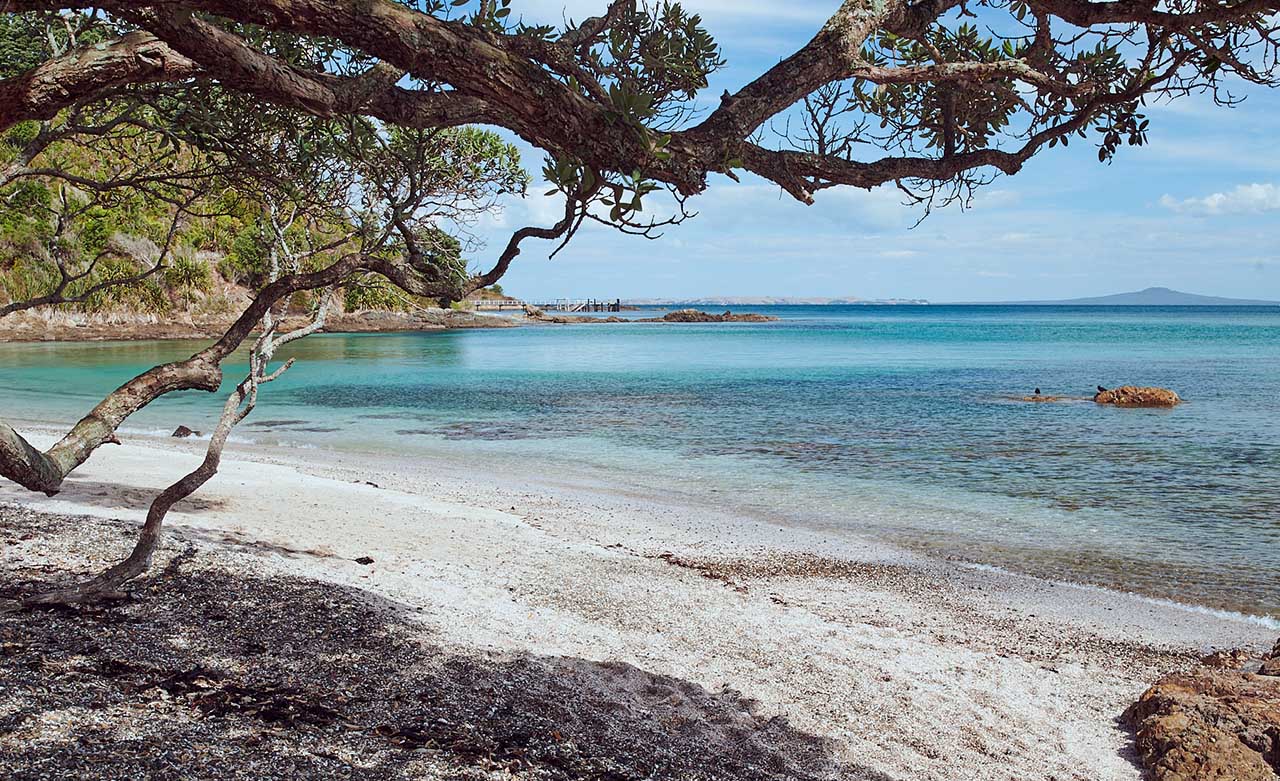
Hobbs Beach Track
(Tiritiri Wharf to Hobbs Beach, 10 minutes)
Venture along the rocky coastline to Hobbs Beach (named after the family who farmed the island for many years), which has a sandy beach and is good for swimming and picnicking. There are good views across to the Whangaparaoa Peninsula, and walkers are often entertained by kererū/New Zealand pigeon swooping through the air in their impressive display flights. Look out for kororā/little penguin boxes at the side of the track. These are often occupied during the winter and spring, and you may gently lift the inspection lids to observe the nesting birds.
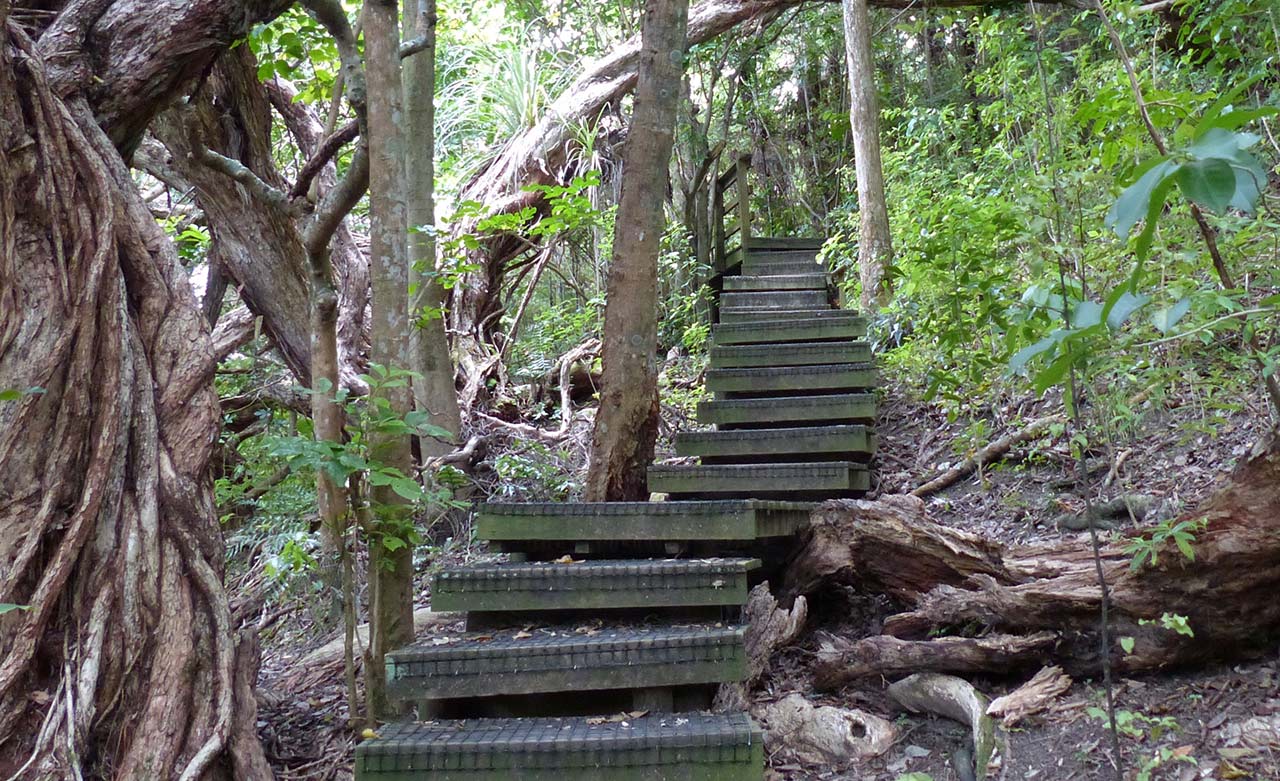
Kawerau Track
(North end of Hobbs Beach to Ridge Road, 30–40 minutes)
Hobbs Beach is an ideal place to see our shore birds, torea pango/ variable oystercatcher, tarāpunga/red–billed gull, tara/white fronted tern and also kōtare/kingfisher. This track climbs a short distance up from Hobbs Beach to join a boardwalk that continues steadily upwards, through some of the oldest bush on the island. There are several massive pōhutukawa and a large pūriri tree, riddled with holes from generations of pūriri moths. Most of Tiritiri Matangi’s birdlife can be seen along this track — watch out in particular for the tiny titipounamu/rifleman and elusive North Island kōkako. A 15 minute detour to the Tiritiri Matangi Pā site offers panoramic views back to the mainland. The boardwalk has many steps, so baby buggies will require lifting and carrying.

Ngāti Paoa Track, Northeast Bay Track & East Coast Track
(Kawerau Track to Northeast Bay to Lighthouse, 2 hours)
The first section of this longer walk winds around the northern end of the island, where flax is the dominant planting, and in spring, kākāriki are often found feeding. Most of the track is on high ground, and there are several good viewing points out over the rocky shoreline and across to Wooded Island. The track continues past the site of Papakura Pā and Northeast Bay, both important sites of early Māori occupation. The next section along East Coast Track to the lighthouse is beautiful, with views out to Coromandel and Aotea/Great Barrier Island. Both these sections include steep areas, and walkers need to have a good level of fitness.

Ridge Road
(From end of Kawerau Track to Lighthouse, 25 minutes)
This vehicle track runs along the spine of the island roughly north-west to south–east. Those walking the Kawerau Track will join Ridge Road near its northern end. The Cable Track runs parallel to Ridge Road for much of its length, offering pleasant walking through regenerating bush. There are several tracks leading off to the east or west coasts for those looking to explore further. At the southern end, near the lighthouse, the grass track crosses a steep hill from which, on clear days, there are good views of surrounding islands and the Hauraki Gulf.
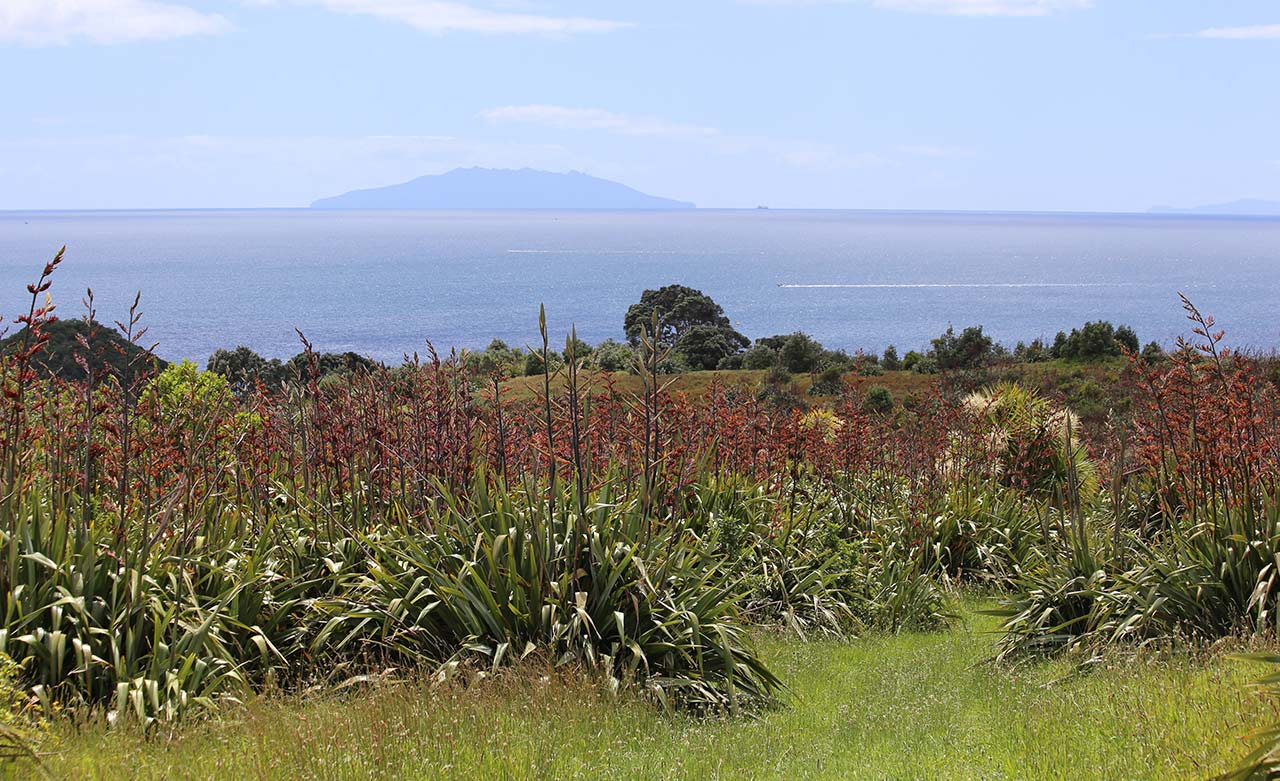
3 Hour Loop Track
(Kawerau Track to Northeast Bay to Lighthouse, 2 hours)
Do the three hour loop track that circumnavigates the island, taking in views of Rangitoto, Hauturu/Little Barrier Island and the Coromandel. It is best to take swim gear, beach shoes and sun protection as the trails on the northern end of the island are more exposed.
Beach activities
Most visitors spend time at one or more of the island’s beaches, which allow a different perspective of the island sanctuary and its protected setting within the Hauraki Gulf.
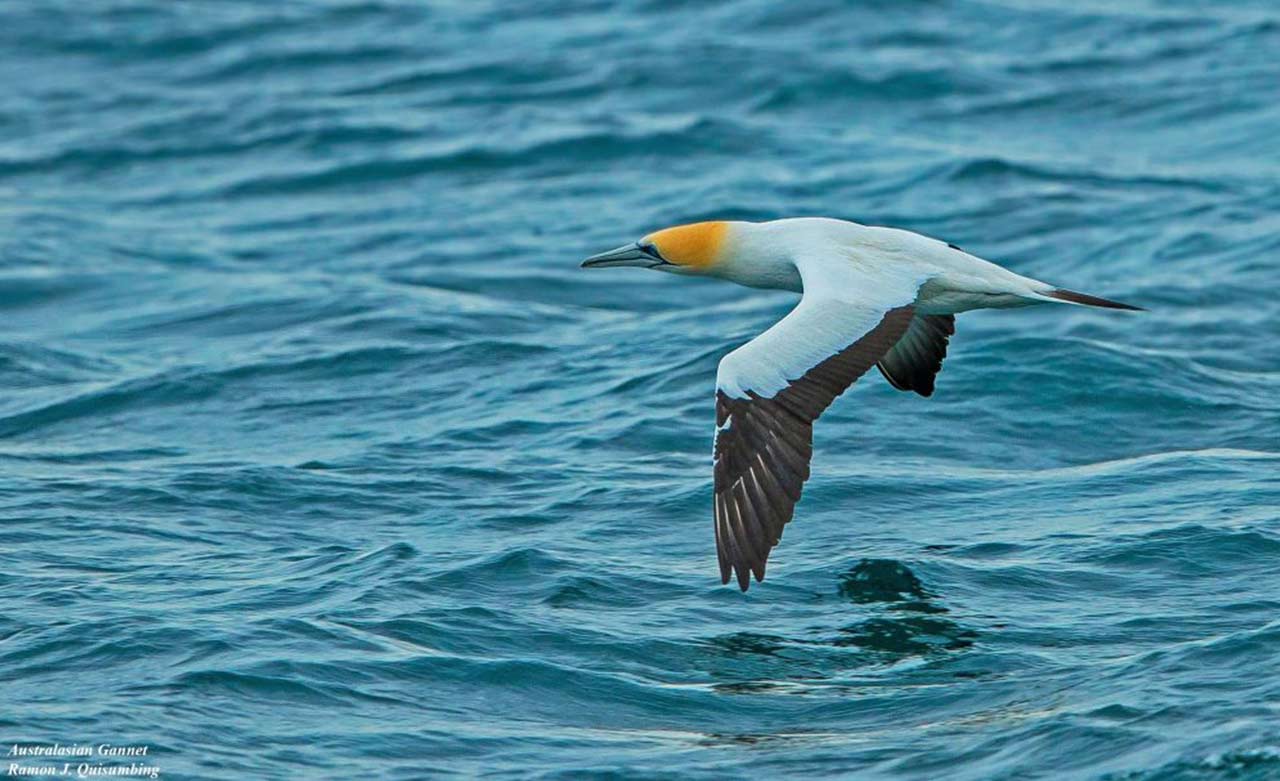
Watch out for sea and coastal birds like the tākapu/gannet, kōtare/kingfisher, tōrea pango/variable oystercatcher, tarāpunga/red billed gull and karoro/black backed gull.
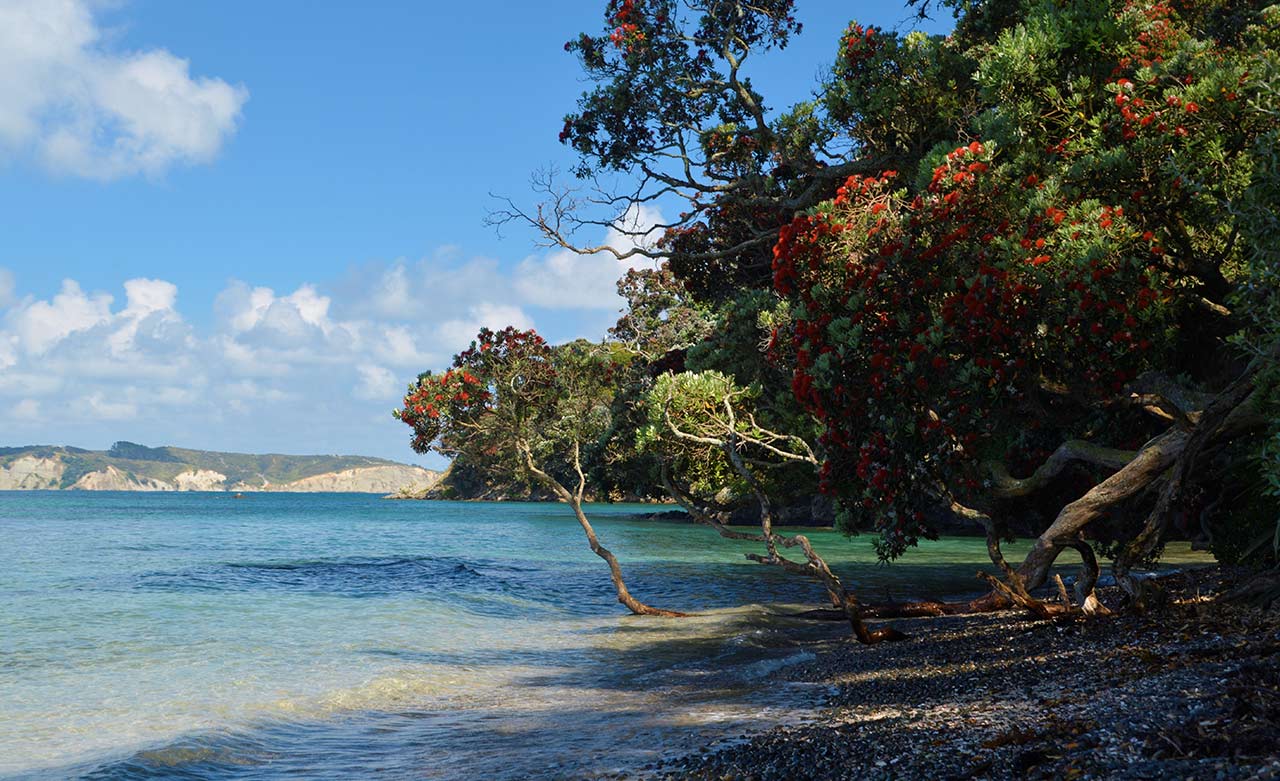
Enjoy the dappled shade of ancient pōhutukawa trees and let the sounds of the ocean soothe your soul.

Small sea creatures can often be found in rock pools formed at low tide, and sometimes eagle rays are seen cruising the shallows at Hobbs Beach.
Bring your snorkel and mask to look for fish on the eastern side of the island, near Northeast Bay or Wooded Island. If you have limited time, head for the rocks off Hobbs Beach or snorkel out to the small island a couple of hundred metres offshore.
Activities for young children
- Pick up a Kiwi Ranger booklet on arrival (just ask any of the guides), complete the tasks and earn a Kiwi Ranger badge.
- Spend the afternoon in the Visitor Centre - here you can learn about the calls of native birds, their adaptations and the restoration of the island.
- Visit our Activities and Resources page.
Night time activities
Typically the birds are more active once the crowds leave, so there is a greater chance of seeing the less common birds such as kōkako when you stay overnight. If you are lucky enough to stay over you can explore the island fully, and perhaps tick off some of your bucket list items.
- Look for kiwi pukupuku/little spotted kiwi, korora/little blue penguin or tuatara once the sun goes down.
- Get up early with the birds and hear their melodious dawn chorus.
